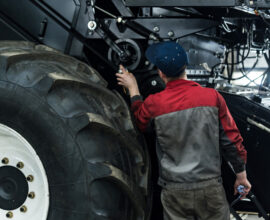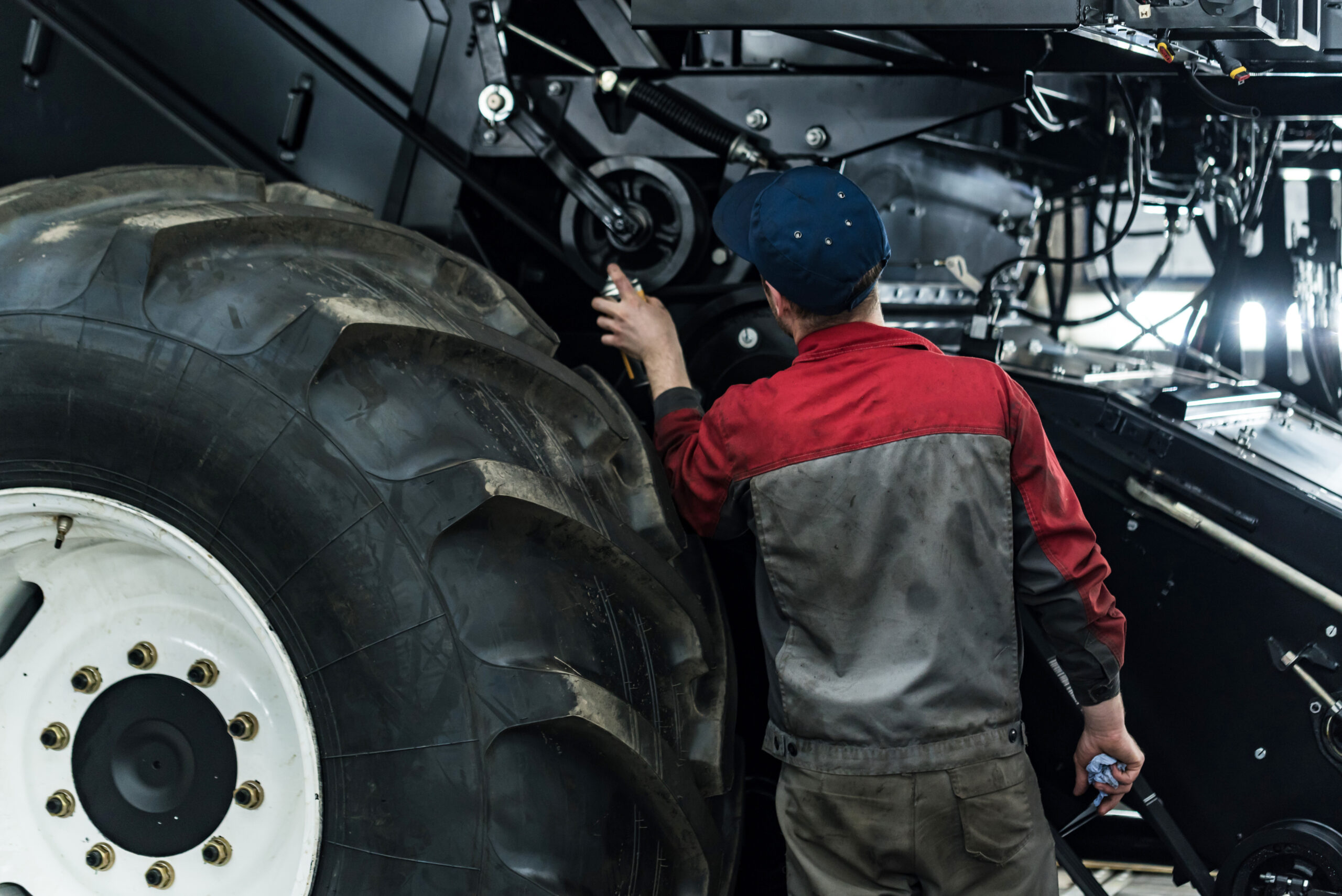It’s no secret that ongoing advancements in technology are making it easier than ever before to keep heavy equipment up, running and on the job. And it’s in minimizing the risk of unplanned machine failure, maximizing uptime and optimizing efficiency that equipment users ensure they can remain as productive as possible and – perhaps more importantly – protect their bottom lines.
Manufacturers willing and able to familiarize themselves with technologies capable of improving equipment uptime stand to gain from their ongoing emergence. Immersive technologies are a prime examples of cutting-edge technologies that drive value for equipment end users. And it’s no surprise why. In short, when applied correctly, they allow for enhanced visibility into processes and provide equipment end users with the right information to make the right decisions at precisely the right times.
“What that means is the best machines will get better and better at informing you of something that needs to be addressed immediately, and it will allow you to be make better predictions in terms of maintenance and repair,” said Alex Schuessler, founder and International Group president of AEM service member company SmartEquip, a provider of parts procurement and equipment lifecycle technology.
Immersive Technologies as Business Tools
Not all that long ago, immersive technologies were regularly used for consumer applications. The development of virtual reality and augmented reality seemed to change the way the world looked at recreation and entertainment. The novelty eventually wore off, though, and the technologies never gained widespread acceptance in the consumer world. Now, however, the business world is beginning to consider ways in which these technologies can be leveraged to solve organizational problems, drive value for customers and much, much more.
Equipment manufacturers recognize the value in helping their customers’ machines from experiencing downtime, but they aren’t always prepared to invest in and utilize new technologies Why? In short, many lack organizational readiness and simply don’t possess a willingness to take certain necessary risks over the long haul.
“Many manufacturers are inherently risk-averse,” said Vivek Shah, senior product director at AEM member company Syncron, a provider of cloud-based after-sales service software solutions. “Unless you can prove a specific business case, speak to the value, and answer every single detail right down to the last line, it’s difficult to justify an investment. Things are still rapidly evolving, and business cases and use cases are still playing out. You know there’s value, but it might not be clear. It’s really hard to know what the value will be, and when it will be achieved.” But that shouldn’t stop manufacturers from trying, he added.
The Current and Future Impact on Manufacturing
The reason why is simple. The adoption of immersive technologies – while still only in its infancy – is having a transformative impact for manufacturers and the customers they serve by allowing for increased productivity and more effective resource utilization, as well as assisting in design improvement.
Whether or not it will continue to grow in prominence is really anybody’s guess, though. After all, technology is always changing. It never stops, and no OEM is capable of understanding – at least by itself – what tech-centric trends will grow, shrink, evolve or remain static over time. For proof of that fact, one need not look further than the manufacturing industry trajectories of telematics and the Internet of Things (IoT) in recent years.
“We’ve been talking about telematics for over 20 years now, and we kept waiting for that big telematics revolution to occur,” said Schuessler. “I think we’re finally much farther along, because we don’t really talk about telematics that much anymore. We talk about IoT. The reason that’s relevant is because it’s no longer having just a few hundred or thousand ‘data pumps’ sending you equipment information at every moment of the day. With IoT, instead, it’s about putting all the information together to manage equipment workflow and maximizing uptime, providing you an analytical platform which allows you to optimize costs, and living in a diagnostic world where the machine raises its hand, or antenna, to identify
its needs.”
Immersive Technologies Applied
Ongoing advancements in technology have also fundamentally transformed maintenance and repair efforts for the better. Service technicians are now able to gain access to important service information in real time through fully customized, immersive experiences. No longer does a technician need to step away from the repair or maintenance job to find the answers he or she needs. In this new reality, intelligence doesn’t come directly from a single source, but rather from the ability to blend the data stream coming from a piece of equipment directly into the service flow of information.
“We now live in a world where, if you have a piece of equipment, you can check it in and immediately have the exact, serial-number, always-current parts and service documentation you need – right away and on your personal device,” said Schuessler.
And that’s just one specific application. It’s also now possible to predict equipment failure ahead of time, plan maintenance and repair efforts accordingly, as well as partner companies to ensure any negative impacts are minimal. The rise of condition-based maintenance has been a game-changing trend for the equipment manufacturing industry and the customers they serve, and the consensus opinion on its value is moving forward is this: It’s here to stay.
“Data and analytics drive even more efficiency and improvement in this process,” said Shah. “Rather than simply waiting for a failure and reacting to it, you’re now trying to figure out how to become more proactive. And if you’re an OEM that can fairly accurately help predict these problems, you can drive better revenue by ensuring your customer that you know when the machine will fail, and can therefore optimize its life.”
The Key Takeaway
Ultimately, leveraging the rise of immersive technologies as a means to help equipment end users to keep their equipment up and running comes down how quickly OEMs realize they can’t do it alone.
According to Shah, it’s critically important for OEMs to establish relationships with the right partners, as they can help manufacturers build the necessary ecosystems and maximize their return on their investment in the technology. Then – and only then – will they be able to drive value to customers and increase revenues as a result.
“Focus on a particular use case and start small,” Shah continued. “If you think too big, by the time you’re actually ready, things will have already changed again. So again, focus on one area, take the use case, prove it out, and then take the additional revenue and invest further.”
Source: AEM Industry Advisor










